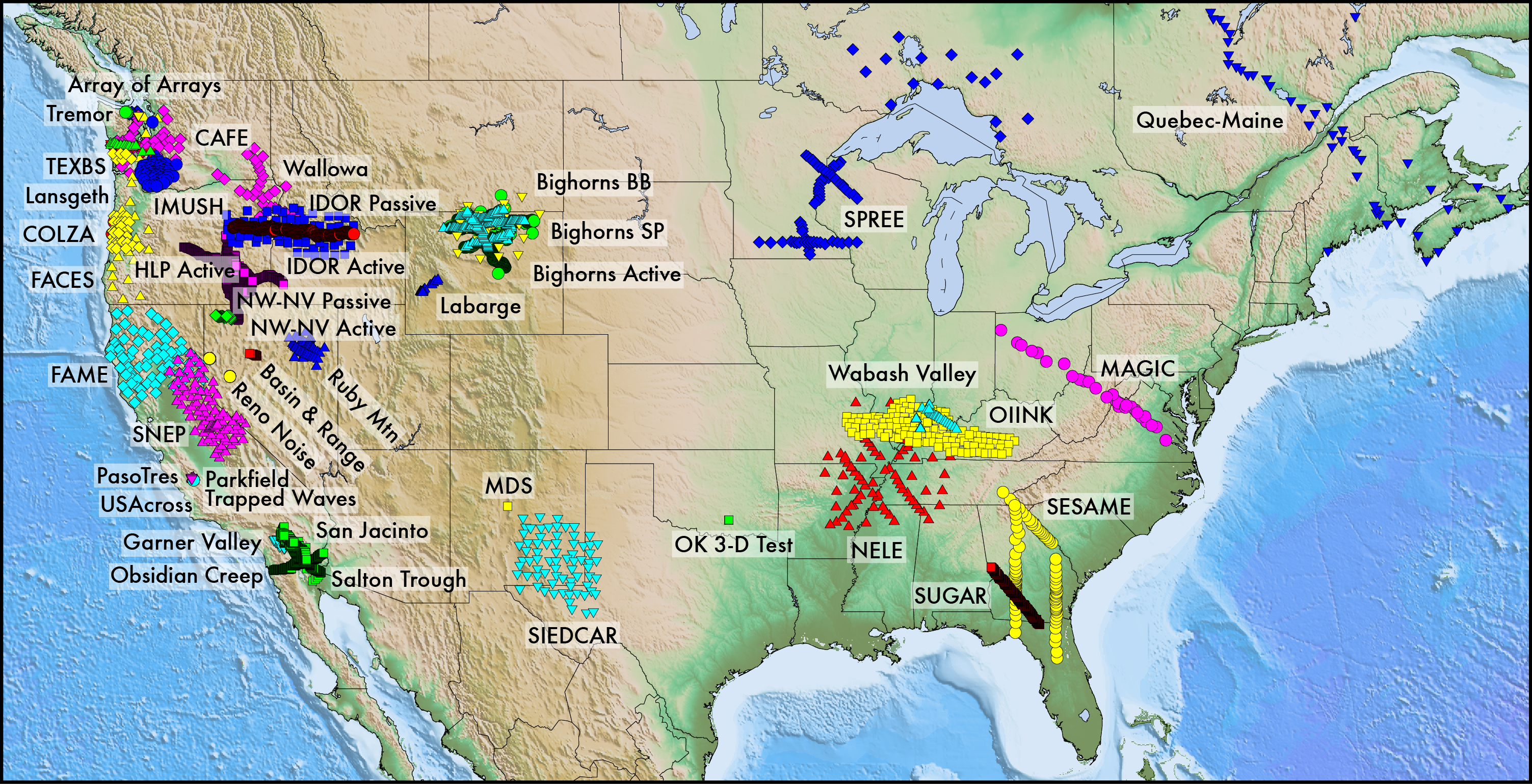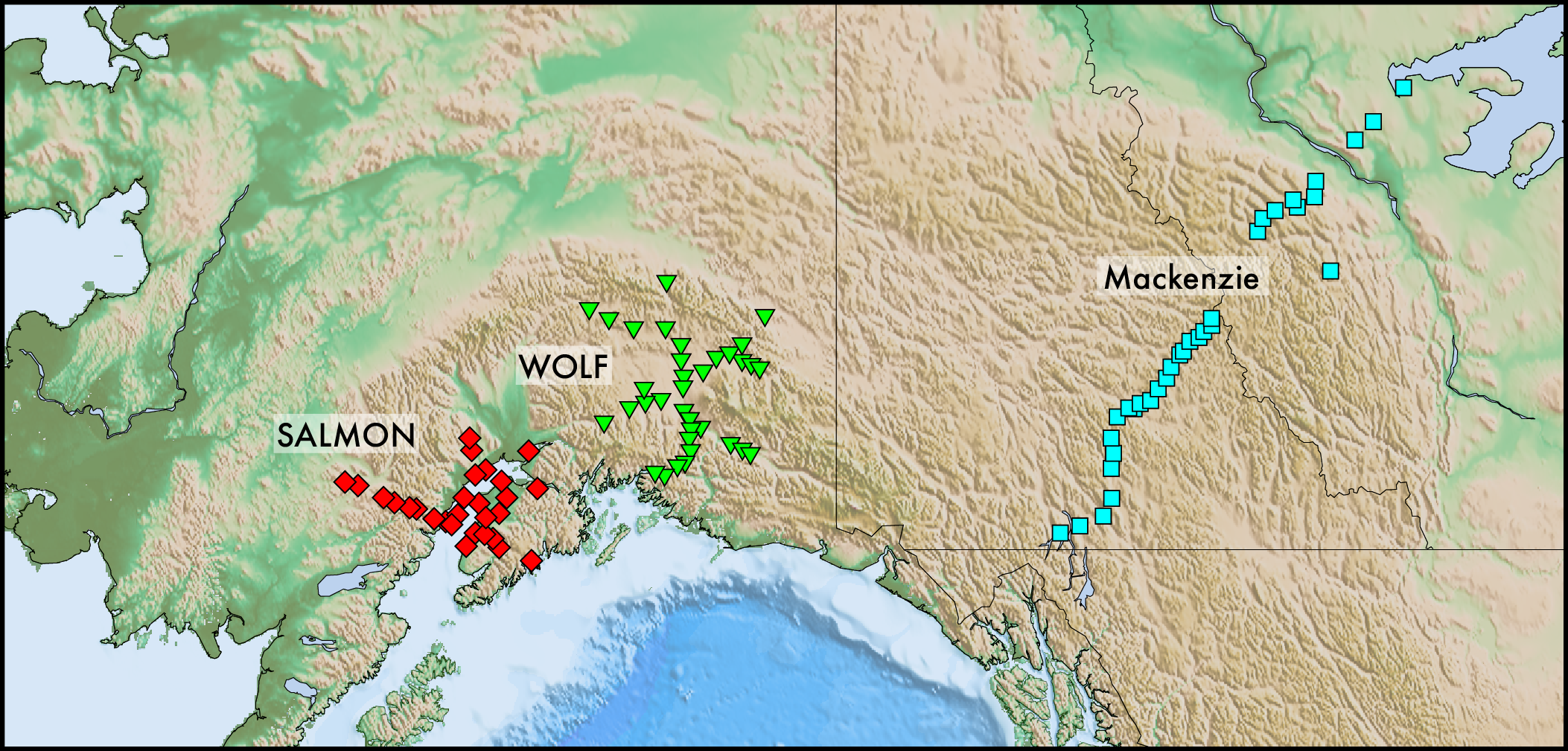833A
Chaparral WMA, Artesia Wells, TX, USA
The USArray component of the NSF-funded EarthScope project ended its observational period in September 2021 and all remaining close-out tasks concluded in March 2022. Hundreds of seismic stations were transferred to other operators and continue to collect scientific observations. This USArray.org website is now in an archival state and will no longer be updated. To learn more about this project and the science it continues to enable, please view publications here: http://usarray.org/researchers/pubs and citations of the Transportable Array network DOI 10.7914/SN/TA.
To further advance geophysics support for the geophysics community, UNAVCO and IRIS are merging. The merged organization will be called EarthScope Consortium. As our science becomes more convergent, there is benefit to examining how we can support research and education as a single organization to conduct and advance cutting-edge geophysics. See our Joining Forces website for more information. The site earthscope.org will soon host the new EarthScope Consortium website.




A pool of portable seismic instruments, referred to as the Flexible Array, is supported out of the USArray Array Operations Facility (AOF), collocated with the PASSCAL Instrument Center in Socorro, NM. Because the Flexible Array no longer exists as a distinct pool under the current cooperative agreement with NSF (SAGE), it has been merged into the overall PASSCAL instrument pool. The Flexible Array has available to the research community ~2146 instruments (326 broadband, 120 short period, and 1700 active source) that can be deployed using flexible source-receiver geometries. Using both natural and active sources, these additional portable instruments permit high-density, short-term observations of key targets within the footprint of the larger Transportable Array. USArray's flexible component offers exciting opportunities for a variety of focused investigations requiring higher-resolution images embedded within the context of the Transportable Array.
Many important geologic targets are amenable to investigation with the Flexible Array, including the depth extent of faults, magma chamber dimensions beneath active volcanoes, the relation between crustal tectonic provinces and mantle structure, the shape of terrain boundaries, the deep structure of sedimentary basins and mountain belts, and the structure and magmatic plumbing of continental rifts. Linked with coordinated geological, geochemical, and geodetic studies, the Flexible Array will also address a wide range of problems in continental geodynamics, tectonics, and earthquake processes.
Flexible Array PIs can find information on instrument availability, data-use policy, an instrument request form, and more on the PASSCAL Instrument Center Website.
Past and Present Flexible Array Experiments


Click on the left menu item "USArray."